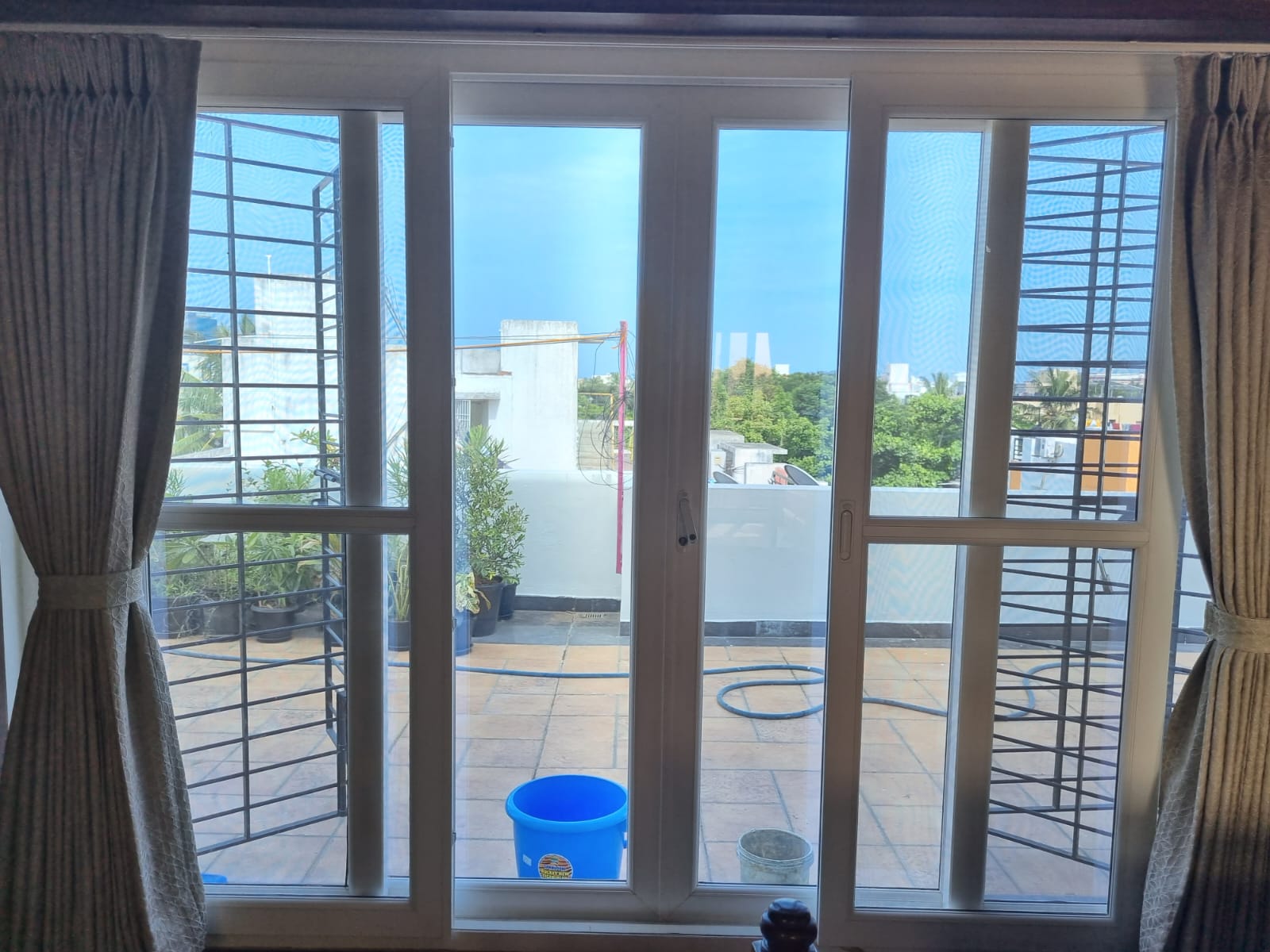When it comes to building materials, sustainability and energy efficiency are no longer just buzzwords; they are essential factors for modern construction projects. Homeowners, builders, and architects are increasingly looking for materials that can reduce environmental impact, enhance energy efficiency, and offer long-term durability. In this regard, UPVC (Unplasticized Polyvinyl Chloride) has emerged as a leading material for windows, doors, and other applications in construction. But what makes UPVC stand out as the future of sustainable, energy-efficient building materials? Let’s explore its benefits and why it’s becoming a go-to choice for eco-conscious builders and homeowners.
1. Energy Efficiency at Its Best
One of the primary reasons why UPVC is gaining popularity in the building industry is its remarkable energy-efficient properties. UPVC windows, when properly installed, can significantly improve a building’s insulation. UPVC has excellent thermal resistance, meaning it helps keep the interior temperature stable by reducing heat loss in winter and keeping cool air inside during the summer months. This leads to lower heating and cooling costs, which translates into significant energy savings over time.
Many UPVC windows are fitted with multi-chambered profiles, which trap air inside and create an insulating barrier. When paired with double-glazed or triple-glazed glass, these windows can offer excellent thermal insulation, reducing the need for artificial heating or cooling. As energy bills continue to rise, energy-efficient building materials like UPVC can make a substantial difference in reducing overall energy consumption.
2. Sustainability and Reduced Carbon Footprint
As the world grapples with the effects of climate change, the construction industry is under increasing pressure to adopt sustainable practices. UPVC plays a vital role in this transition. The material itself is highly durable, which means it has a long lifespan, reducing the need for replacements and, in turn, lowering the demand for raw materials. This longevity contributes to reducing the overall environmental impact of building materials.
Additionally, UPVC is fully recyclable, making it an eco-friendly option for those looking to minimize waste. When a UPVC product reaches the end of its life cycle, it can be recycled into new products, reducing the demand for virgin materials and the energy associated with their production. This makes UPVC a sustainable choice that can contribute to a circular economy.
3. Low Maintenance and Longevity
Unlike traditional materials like wood door design, UPVC does not require regular maintenance, painting, or sealing to retain its aesthetic appeal. UPVC windows and doors are resistant to rotting, warping, and corrosion, ensuring they remain functional and visually appealing for many years. This reduces the need for frequent repairs or replacements, further lowering the carbon footprint associated with maintaining and disposing of materials.
UPVC is also highly resistant to weathering, making it suitable for a wide range of climates. Whether exposed to harsh sunlight, rain, or salty air near coastal regions, UPVC remains unaffected by environmental stressors, unlike wood or metal materials that can deteriorate over time. This makes it a particularly attractive option for buildings in challenging environments.
4. Cost-Effectiveness in the Long Run
While the initial cost of UPVC products may be slightly higher than alternatives like wood or aluminum, the long-term savings make it an economically sound investment. The energy savings derived from the superior insulation of UPVC windows and doors often offset the initial costs in just a few years. Additionally, the minimal maintenance requirements mean that homeowners and businesses save money on upkeep, repairs, and replacements.
UPVC’s resistance to weathering and damage from pests or rot also contributes to its longevity, further reducing long-term costs. Over the lifespan of a building, UPVC products represent a highly cost-effective solution due to their durability and energy-saving properties.
5. Enhanced Sound Insulation
Another benefit of UPVC windows and doors is their ability to reduce noise pollution. The multi-chambered structure of UPVC frames and the tight seals around windows create an effective barrier against external noise, making them ideal for homes or buildings in noisy areas, such as those near roads, airports, or industrial zones.
This soundproofing ability not only improves the quality of life for occupants but also reduces the need for additional noise-reducing materials or solutions, further enhancing the material’s energy efficiency and overall sustainability.
6. Aesthetic Flexibility and Design Options
UPVC is available in a wide variety of colors, styles, and finishes, allowing it to fit seamlessly into any architectural design. Whether you prefer traditional, classic windows or modern, bedroom wooden door designs, UPVC can be customized to suit your vision. This aesthetic flexibility ensures that it remains an appealing choice for homeowners and builders alike, without compromising on energy efficiency or sustainability.
Conclusion
UPVC is undoubtedly shaping the future of sustainable, energy-efficient building materials. Its combination of energy-saving benefits, durability, low maintenance, recyclability, and cost-effectiveness makes it an ideal choice for those looking to reduce their environmental impact while still enjoying a high level of comfort and performance. As the demand for sustainable construction continues to grow, UPVC’s role in the industry is set to expand, making it a key player in the building materials of the future.
 77095 77095
77095 77095

